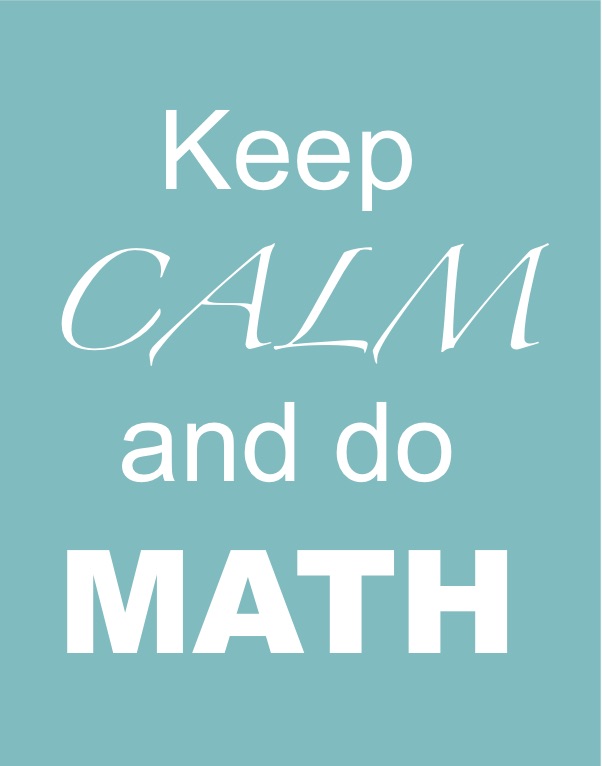What the Pandemic Has Taught Me to Value
by Melissa Braaten
If you had asked me a few months ago about my favorite tools to use in the math classroom, I would have talked about how much I love my square inch tiles and the value of group work. I would have thought about how hard I work on my questioning techniques so I can check in with each group, try to assess where they are with the problem, and to provide just the right push to move them forward. I am good at reading body language and the energy of an audience.
Then, of course, COVID hit and I was left sitting in my kitchen and wondering how on earth I was going to continue to teach math without any of the tools and skills I have come to rely on. If you asked me previously about remote learning for math in adult education, I would have told you it doesn’t really work. I would have thought the outcomes would be so minimal that it wasn’t worth the effort.
I can’t say I’ve figured out how to replace in-person instruction with remote learning, or how to use technology to make up for all the tools and skills I used to take for granted. This has been a humbling experience (as I’m sure it is for many). I’ve had to really rethink both my methods of instruction and my goals. In the process, I’ve come to appreciate a few things that I previously undervalued.

Permission to Fail
I think most teachers (including myself) can be nervous about entering untested waters. I spent the first month of the pandemic trying to teach as closely as possible to how I would in the classroom, using Zoom and trying to replicate as many of the activities and lessons as I could in that medium. This worked all right, but only for a couple of students whom I could get interested and connected. Most of my students I was not reaching at all. But what could I do?
I had a conversation with my director during which he told me that he expected us to try things that would fail. There was no clear precedent for what we were trying to do, so we just needed to keep trying and learning. I had considered mailing out packets and trying to teach math over the phone, but I had assumed that it wouldn’t work. Having permission to fail helped me get unstuck and to rethink some of my assumptions. In the process I was able to greatly expand the number of students I work with every week.
Did it fail? It is slow, and frustrating, and I can’t say it works great, but students are engaging and are happy to be working on math again.
Connection and Engagement
In ordinary times, I wouldn’t be happy with teaching that produced such small academic outcomes. But in these unusual times, I think there is value in connecting with students on a regular basis even if the academic progress is minimal. The regular contact has value, and I think it is helping students to feel that they are still in school, and still working towards their goals, even though the pandemic has disrupted most of their timelines. For some students, it may help them combat isolation and loneliness; for others, it preserves some small piece of normalcy and helps them hold onto their identity as a student. This may help them in a small way now to cope with the strangeness of the current situation, and it should also make it easier for them to continue their studies when things start to open up.
And Last But Not Least: Color Coding
I’ll end with my most important takeaway. If you are sending packets for students to work on remotely, color code them. I decided at the last minute to add fluorescent cover sheets to each section I mailed to students, and when I am trying to work with students over nothing but audio calls, I am so thankful to be able to say, “Now pull out the green packet…” Also, add page numbers, add letters to diagrams, and keep a master copy of everything for yourself. I do not regret the time I spent doing this. In the future, I think I will be even more meticulous about making sure that every student’s materials are the same colors. This last batch, I made the mistake of using envelopes I had at home to hold shape sets. Not all of the envelopes were white. This has led to so much preventable confusion when I tell people to take out the white envelope and theirs is yellow. There are so many things I used to take for granted when I could just hold something up in front of the class!
This pandemic has forced us all to try new things, move out of our comfort zones, and some days, to long for the things we used to do in our classrooms. Best wishes to all as you continue to experiment, learn, and stay connected to your students and each other. I also wish you all patience for the times when the envelope is yellow. We’ll get through this.

Melissa Braaten is an adult education instructor at Catholic Charities Haitian Multi-Services Center in Dorchester, MA. Melissa has taught ASE and pre-ASE math and reading, as well as ABE writing, computer skills, and health classes. Melissa also is a training and curriculum development specialist for the SABES Mathematics and Adult Numeracy Curriculum & Instruction PD Center at TERC. She has written several articles for Math Musings, the Adult Numeracy blog.
